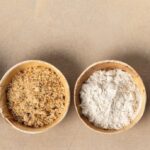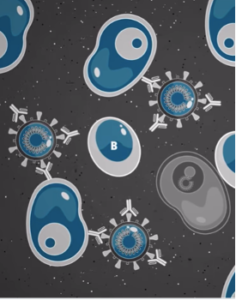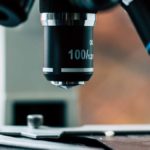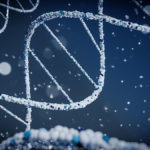
The Benefits of At-Home Genetic Testing For Celiac Disease
At-home genetic testing for celiac disease is a groundbreaking innovation helping people to determine their
Information about antibodies, both positive and negative, has filled our news during the COVID-19 pandemic. Many individuals have taken a journey of discovery learning for the first time about these remarkable Y shaped proteins circulating in human blood. Others who are acutely battling infections or chronically suffering from autoimmune disease, have already experienced antibodies as friend or foe, depending on the situation.
So, what are antibodies, and how do these immune system warriors fight on both sides of the wellness battle?
The word originated from the German “Antikörper” (anti meaning against and körper the body.) The English translation “antibody” came into use early in the 20th century when immunologists demonstrated how transfer of serum from animals recovered from disease could be used to “vaccinate” other animals and protect them from the same disease. The source of the animals’ “immunity” turned out to be a Y shaped protein molecule with multiple sites designed for binding foreign microbial invaders using an exquisitely specific “lock and key” mechanism. The cellular producer of antibodies is now acknowledged to be the immune system “B” cells, and in 1959 future Nobel prize winning American and British scientists Edelman and Porter published the molecular structure of antibodies.(1,2)
(This image is from Roche. We can create our own or use a stock image.)

Antibodies produced by B cells in response to an invader create a custom designed army prepared to eliminate microbial pathogens. For example, even though SARS-Co-V2 resembles previous coronaviruses encountered by humans, antibodies to the novel 2019 virus are precisely designed by our immune system to neutralize the specific virus before it can enter cells of the respiratory tract. This immunological process makes SARS-Co-V2 antibodies a mighty defender against current COVID-19 illness as well as a peace keeping army prepared to fight future infection.
As early immunologists discovered (and as we are seeing in 2020 COVID-19 convalescent plasma therapy) sharing of antibodies from an immunologically protected individual (one who has recovered from disease) with an infected individual can be a life-saving remedy.(3) These protective IgG antibodies to COVID-19 can be tested by clinical laboratories and used judiciously for making decisions about who can safely return to work, while identifying those who are still vulnerable to SARS-CoV-2 infection.
Even more importantly, antibody testing can help determine who is eligible to donate plasma as a healing gift to the many people who are still acutely ill from COVID-19. For more information about SARS-Co-V2 antibody testing visit Targeted Genomics.

An estimated 30% of the world’s population have inherited the genes for DQ2 and DQ8 receptors which program the immune system to present gluten proteins as “foreign invaders” to B and T cells. Although gluten proteins are not inherently injurious molecules, their structural stability ensures they persist in the human gut for a very long time. DQ2 and DQ8 positive individuals produce antibodies along with activated T cells to gluten proteins ingested in wheat, barley, and rye which can inflame the small intestine and other organs.
Continuous DQ2/DQ8 driven “friendly fire” triggers release of an enzyme known as tissue transglutaminase (tTG) which not only enhances the immunostimulatory effects of gluten, but also becomes a target for antibody production.(4) The inflammation driven tTG antibodies are specific for celiac disease in DQ2/DQ8 positive individuals and can be tested in the clinical laboratory to help make the diagnosis of celiac disease. For more information about tTG antibody testing, visit Any Lab Test Now
Irritable bowel syndrome (IBS) affects an estimated one in every nine patients who have experienced food poisoning. This common and debilitating condition is likely caused by anti-CdtB antibodies created by the immune system’s fight against bacterial proteins including those from campylobacter, salmonella, shigella or E.coli. IBS can develop years post-infection as a result of the immune system mistakenly creating a second antibody called anti-vinculin. This secondary auto-antibody creates a friendly fire attack against the normal bodily protein vinculin leading to neuromuscular damage in the gut resulting in gastroenteritis.(5)
For more information about IBS antibodies visit ibs.smart.com
Antibodies are a powerful tool in our immune system’s arsenal. Like most tools their effectiveness is situation dependent. Necessarily following from our innate immune response to foreign invaders, antibodies capacity to help or harm is largely determined by genetics, overall health, and desired clinical outcome. As antibodies continue to be discussed in the public discourse we should keep in mind the information they give and protection they provide are most useful when clinical as well as research goals are clearly defined.
References

At-home genetic testing for celiac disease is a groundbreaking innovation helping people to determine their

Virtually everyone prefers a simple cheek swab to an invasive blood test but that’s not

GlutenID® testing was featured in a recent article published by the College of American Pathologists